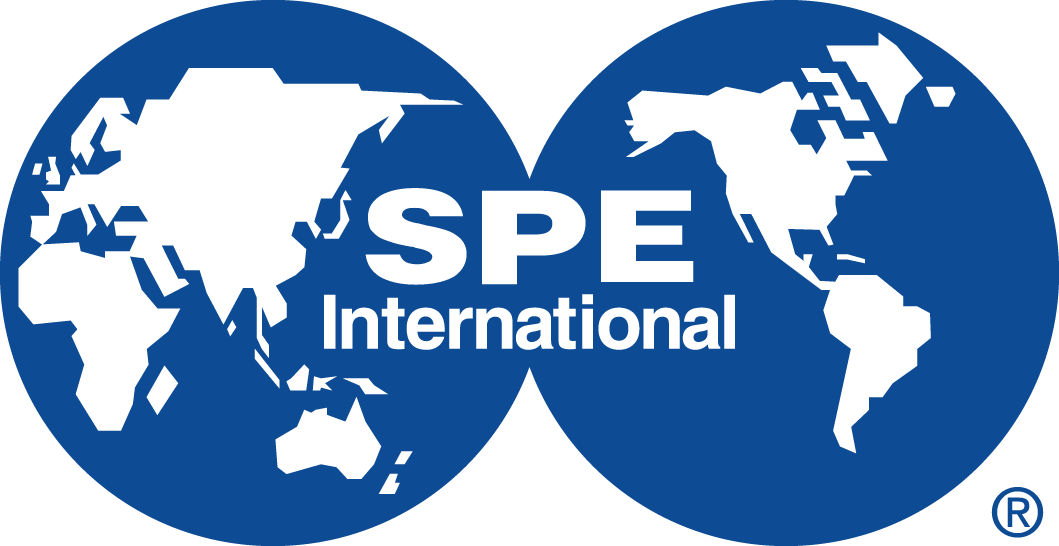Agenda
Wednesday, June 15
Speaker(s):
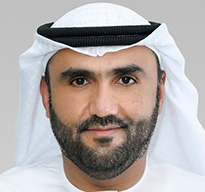
H.E. Eng. Yousef Al Ali
Assistant Undersecretary for the Electricity, Water and Future Energy Sector
UAE Ministry of Energy and Infrastructure
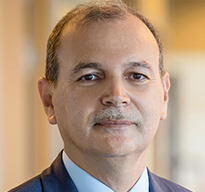
Kamel Ben-Naceur
2022 SPE President
CEO
Nomadia Energy Consulting
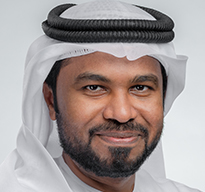
Mohamed Al Marzouqi
Senior Vice President
ADNOC
Moderator(s):
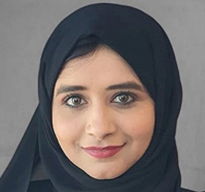
Aaesha Al Keebali
ADNOC
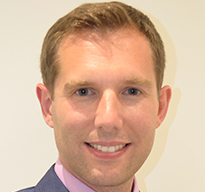
Daniel Fletcher
BP
Speaker(s):
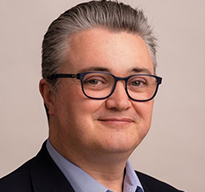
John MacArthur
Group Climate Change Officer
Sustainability and Climate Change Function
ADNOC
Topic: What Makes a Successful CCS Project?
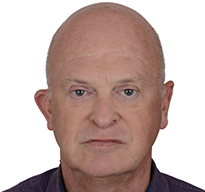
Martin Jagger
Operations Director
WeConnect Energy
Topic: Large Scale Carbon Capture and Storage: What Is It? How Do We Enable It? And Why We Need To Do It Now
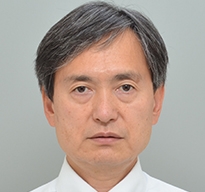
Koji Yamamoto
Vice President
Oil and Gas Upstream Unit
JOGMEC
Topic: Approach to Successful CCS Projects, Roles of JOGMEC
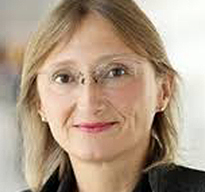
Claude Mourey
Director, Hydrogen and New Energies MENA
Wood Mackenzie
Topic: CCUS Success Factors
A successful CCS project requires a number of things to come together; critically suitable geological storage, cost-effective capture of CO2 emissions, and policy and regulation that can underpin a commercial frame.
Over the last few years, a number of projects have been successful in navigating the development uncertainties associated with CCS with significant increase in engagement across different stakeholders.
This panel will discuss key considerations for driving success across these elements and enabling a CCS value chain, including CO2 storage screening and assessment, the role of CCS hubs, enabling policies and best practices from across different regions, and challenges and lessons learnt from global CCS projects.
Session Chairperson(s):

Elizabeth Mackie
DNV
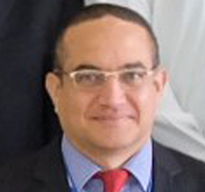
Ahmed Sabry
Schlumberger
This session aims to explore workflows for CO2 storage site selection and characterisation for saline aquifers and depleted hydrocarbon fields. From understanding the differences and similarities between conventional oil and gas workflows to those used to mature CO2 storage opportunities, from regional screening to prospect level identification.
CO2 storage candidates site selection is a key stage on which various types of subsurface and surface data are reviewed, analysed, and assessed. This would include examining the major risks and uncertainty factors on the subsurface: containment (geological faults and seals to non-geological factors, legacy and future wells), capacity estimates, economic transport and injectivity rates, monitorability and non-technical risk (stakeholder alignment). The outcome of this critical stage is ranking various storage sites to choose the optimum CO2 storage considering technical, economic, and environmental perspectives.
Presentations:
CO2 Sequestration in Carbonate Saline Aquifers

Siqing Xu
Specialist
Reservoir Engineering
Enhanced Oil Recovery Division
ADNOC
Structuring Multiple-Choice Criteria Into An Analytical Hierarchy Process To Assess The Relevant Importance Of Co2 Storage Ranking Criteria And Sites Candidates' Selection
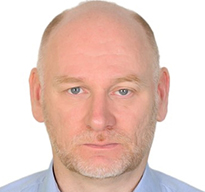
Slobodan Stojic
Principal Geoscientist
Schlumberger
PBE Workflow Aplied to CCUS Projects
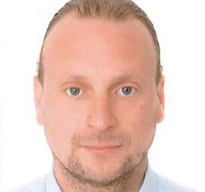
Ghassen Chaari
Exploration Business Opportunity Manager
Shell
Session Chairperson(s):
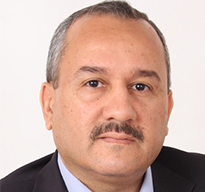
Khaled Moudjeber
Baker Hughes
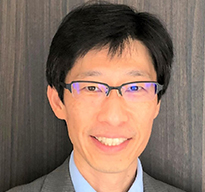
Hiroshi Okabe
Japan Oil, Gas and Metals National Corporation (JOGMEC)
Once a candidate reservoir is selected after the site selection process, assessing its storage capacity and the associated injectivity would be the main challenges to address before any CCS or CCUS moves further.
What are the methods for assessments? Be it probabilistic or deterministic, we would like to know what are their pros and cons, their uncertainties. Is there a variability or time dependence on the capacity and injectivity?
Finally, how to assess the economical rate of injectivity and what are the challenges?
Through this session, we would like to elaborate on these aspects as we broaden our understanding of its workings.
Presentations:
Understanding Economic Storage Capacity in Deep Saline Formations
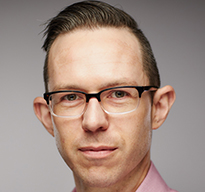
Christopher Walker
CCUS WH Subsurface Squad Lead
Production & Operations
BP
Estimating Storable Quantities for CCS Projects
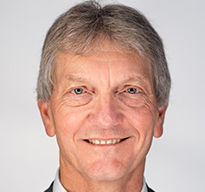
Shane Hattingh
Technical Director - Reservoir Engineering
GaffneyCline
Designing a CO2 Injection Pilot Test
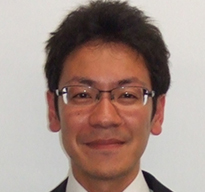
Hiroaki Koga
Reservoir Engineer
Reservoir Evaluation Team
CCS Group
JOGMEG
Identification of CO2 Storage targets in Abu Dhabi and Storage Capacity Assessments
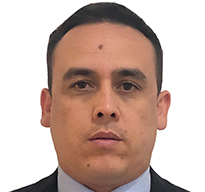
Humberto Parra
Senior Specialist, Geology
Thamama Subsurface Excellence Division
ADNOC
Session Chairperson(s):
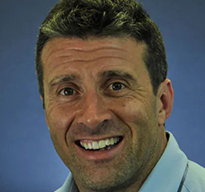
Matthew Rawlings
S&P Global
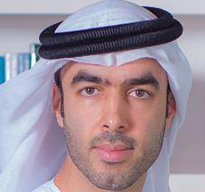
Ahmed AlHajaj
Khalifa University
CCS is already a reality with flagship projects developed in different regions. However, we need to increase the rate and scale of CCS projects to mitigate climate change. This breakout session will allow participants to share ideas, experiences, and findings about potential incentives, policies, enabling technologies and business models that accelerate CCS implementation. In this interactive session, participants can join their preferred thematic groups and collectively come up with future direction insights.
Thursday, June 16
Keynote Speaker(s):
Enablers for the Global CCUS Activity to Expand from the Million to the Billion Tons per Annum

Kamel Ben-Naceur
2022 SPE President
Highlighting Gaps in Integrated Value Chain
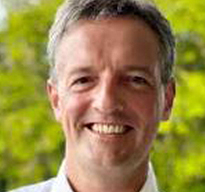
Rutger van Spaendonck
CCS Opportunity Origination Lead
Shell
Moderator(s):
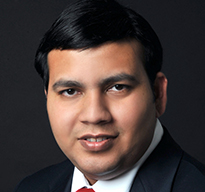
Fathesha Sheikh
ADNOC
Speaker(s):
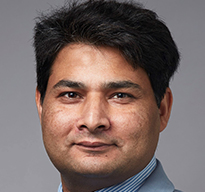
Ismail Muhammad Shah
Managing Director
Technology Centre Mongstad (TCM)
Topic: Role of Technology Centre Mongstad in Commercial Deployment of Carbon Capture Technologies
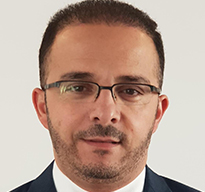
Mohammad Abu Zahra
Head of Middle East and North Africa (MENA) Region
Global CCS Institute
Topic: Global CCS status and potential in the MENA region

Irfan Sami
Energy Transition SME
Sustainable Energy
Halliburton
Topic: CO2 Storage Technology Applications – Key Drivers
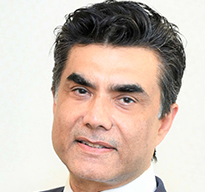
Dipak Sakaria
Energy Transition Expert
Ministry of Energy & Infrastructure
UAE
Topic: Decarbonisation Initiative: CO2 Sequestration Opportunities in Global Energy Transition
CCUS is an essential component of delivering the net zero emissions promise. The full chain process of capturing, treating, compressing, transporting and utilising/storing of CO2 at scale with value creation will require new technologies, innovative economic models, cooperation across industries (CCUS hubs) and conducive policy support from governments. In this session, we will explore what are the recent trends in this dynamic and rapidly evolving industry and what work is needed to create actionable paths forward to accelerate the deployment of CCUS as a key solution for net zero emissions.
Session Chairperson(s):
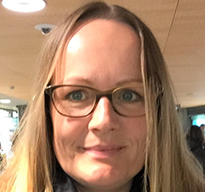
Marcella Dean
Shell

Mohammad Abu Zahra
Head of Middle East and North Africa (MENA) Region
Global CCS Institute
To ensure safe and effective CO2 storage, an integrated containment risk assessment (CRA) is critical to identify all potential threats that could lead to loss of containment. Passive barriers like seals which reduce the likelihood of CO2 migration out of the storage site should be evaluated. A key question is whether the trap and seal are adequate and sufficient for long-term containment of the carbon dioxide. This requires quantifying the trap integrity including the geometry and the seal. The seal integrity analysis includes an assessment of the top seal formation/formations and any faults that may be integral to the trap containment. Further barrier assessments require geological, geomechanical, dynamic, and reactive transport modelling. Active monitoring barriers (sensor, decision logic, corrective measure) are also identified as part of the CRA and selected based on the severity of the containment threats. This in turn informs the design of any Measurement, Monitoring and Verification (MMV) programme.
Presentations:
Watching Site Integrity Change—Coupled Geomechanical Modelling
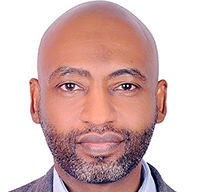
Gaisoni Nasreldin
Senior Geomechanics Engineer
Schlumberger
Containment Risk Assessment For Co2 Storage – What Can We Learn From Nuclear Waste Disposal Programs
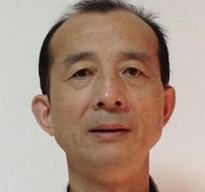
Lingli Wei
Specialist, Reservoir Engineering
Enhanced Oil Recovery Division
ADNOC
CO2 Containment Risk Assessment – Repurposing a Depleted Field
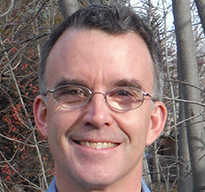
Simon O’Brien
Global CCS Lead
Shell
Session Chairperson(s):
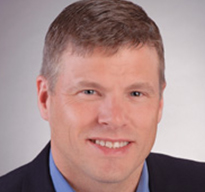
Kirby C. Lindsey
Oxy
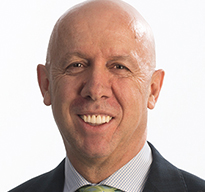
Rick Musleh
Government of Saskatchewan, Ministry of Trade and Export Development
CO2 storage requires well characterised reservoirs to ensure long-term storage of CO2. To verify CO2 storage performance and enable early corrective measures, comprehensive, risk-based MMV programmes are critical.
MMV is the critical element that transforms a disposal operation into a long-term storage operation. Safe and permanent storage has been demonstrated in Saskatchewan, Canada by both the Aquistore project, with over 400,000 tonnes of CO2 injected to-date and the Weyburn CO2 EOR/Storage project, with over 40 million tonnes stored since 2000.
As well as in Alberta, Canada by the Quest CCS project, which has injected over 6M tonnes since 2015. These and other CCS projects, in addition to many Permian Basin EOR projects have designed and implemented robust MMV programmes. MMV has shown that CO2 can be safely stored within the subsurface and the ability to track the sequestered volumes has been widely proven.
Current day MMV programmes utilise a comprehensive containment risk assessment, have extensive spatial and temporal coverage, and are adaptable over time. Some of the challenges include: 1) the integration of MMV with standard well, reservoir and facilities management, 2) enabling real-time exception diagnostics, and 3) lowering the cost of long-term surveillance.
Presentations:
The PTRC’s Aquistore Project: Investigating CCUS in a Real-World Operational Setting
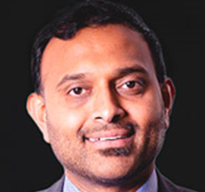
Ranjith (Ran) Narayanasamy
President & CEO
Petroleum Technology Research Centre
Reservoir Evaluation for CO2 Storage

Petro Nakutnyy
Director of Operations, EOR and In-Situ Processes
Saskatchewan Research Council
CO2 Sequestration Opportunity In Lloydminster Heavy Oil Region In Western Canada
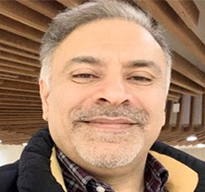
Farshid Torabi
Professor, Petroleum Systems Engineering
University of Regina
Session Chairperson(s):

Olivia Azadegan
Clean Air Task Force
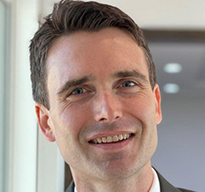
Jonathan Fulton
TotalEnergies
Scientific consensus has established the indisputable requirement for urgent growth of industrial CCS in order to get on track to achieve the targets set out in the COP21 Paris Agreement. This session will explore the drivers delivering the current CCS project pipeline and the enablers that must be put in place for industry and policy to converge to reach a CCS tipping point. CCS planning must ensure that technology commercialisation is at the centre of policy strategy, where the private and public sector can collaborate for wide scale deployment. The three technical speakers will seek to develop key themes covering storage certification process and regulation, carbon credit and trading mechanisms, CCS hubs, markets for blue products decarbonised by CCS, and pace of CCS project delivery compared to Net Zero ambition.
Presentations:
Role of Third-Party Certification and Verification to Geological Storage (and EOR) Projects

Elizabeth Mackie
Principal CO2 Storage Consultant
DNV
Applied CCUS Business Model
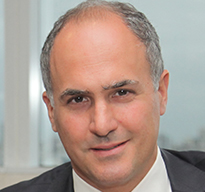
Hernan Silva
CCUS Project Director
TotalEnergies
Toward Realizing Carbon Neutrality by 2050 - CCS in Japan and JOGMEC's Action
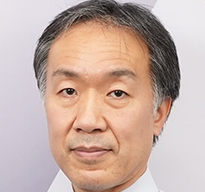
Yusaku Konishi
Director, Geology & Geophysics Division
Technology Department
JOGMEC
